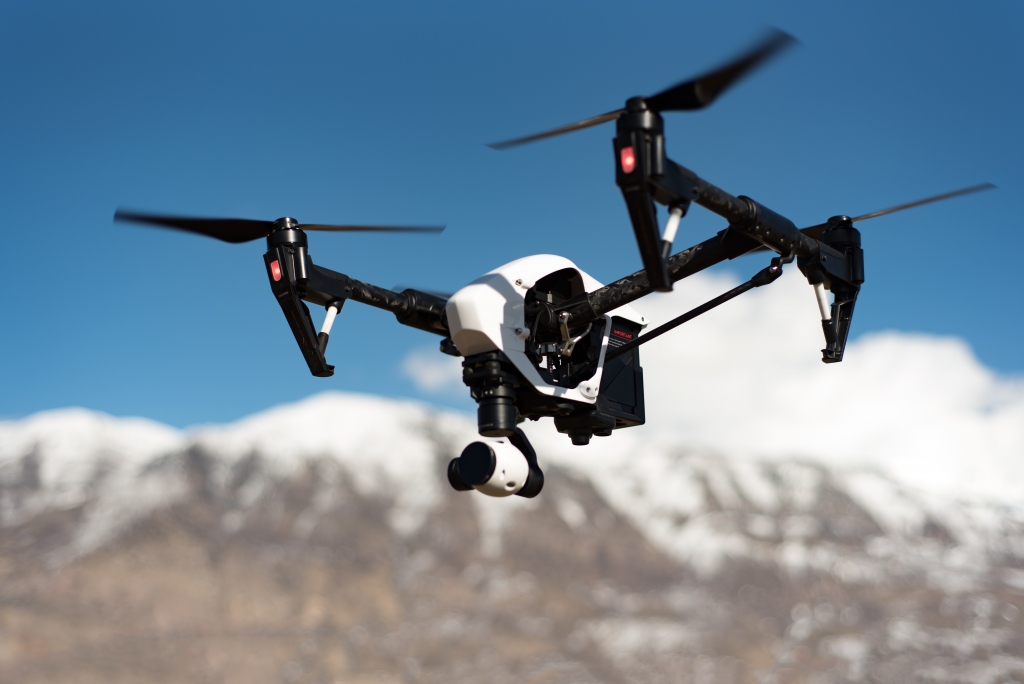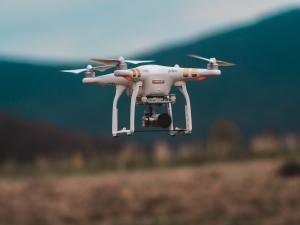Using Digital Video Marketing for a Small Business in PA
Using Digital Video Marketing for a Small Business in PA

The reality today is that if you’re not using video to market your business you’re falling behind your competitors. Video is perhaps the most valuable content in your marketing efforts. If your business is located in Pennsylvania, there are numerous opportunities to use video to showcase the amazing things the state has to offer. Understanding video production is key in using digital video marketing for a small business in PA. It is a powerful tool for growing your customer base.
High production value video is good, but what is most important is to publish video content that is relevant for your customers and leads. While it’s a blessing to have professional video equipment or even hire a video production company, you can, in fact, produce this content with a smartphone.
Regardless, video needs to be part of your digital marketing strategy.
Video for Google Posts
Google Posts is a feature in Google My Business that lets you publish your business’s information directly to Google Search and Google Maps. The Posts can be about your business’s Events, Offers, Products, and What’s New.
Google Posts now lets you post videos as well as photos.
This is a great opportunity to promote your product or service and get a leg up on your competitors. Best of all, it’s free!
Video on Facebook
Facebook is one of the most important social media channels. It’s key to helping with your business’s brand awareness and social media marketing. Here are some tips for using video to market your business on Facebook.
Upload the video directly to Facebook. While you could post a link to your video from Youtube or Vimeo, you’ll probably get more reach if you upload directly to Facebook. Reach is the metric for how many people will see your video in their feed. Also, you can autostart the video if it’s directly uploaded.
Keep your video short. In general, viewers don’t want to watch a long video. Some 80% of all video posted online is clicked away within the first twenty seconds. So keep it short Make sure your viewers know the point of the video within the first five seconds or so.
Use subtitles. If your video is autostarting, you should use subtitles. Let your viewers watch the entire video without sound and still get your message.
Live Stream Video
Live stream video is exploding in popularity. 80% of users would rather watch a company’s live stream video than read a text-based marketing blog post.
Quality matters to these viewers. 67% say that quality is the most important factor for them in watching a live stream video.
There are a number of solutions for distributing high-quality live stream videos, such as DaCast and Livestream. Production solutions include hardware switchers and encoders such as those from Black Magic Design. One of the best software encoders is OBS. It’s a software encoder you run from your computer. It’s open source software and it’s free!
So what type of content should you live stream? Make it relevant to your business. Make it interesting. Most importantly, make it real. Be yourself on camera. People relate to people. Don’t use a radio voice or protect a TV personality. Be yourself.
Also, make sure to caption and tag your live stream content with relevant keywords. This will help with search engine optimization.
YouTube Video
YouTube is the second largest search platform. That creates an opportunity for the small business owner to connect with their target audience. YouTube video will help you rank higher in search results.
The most successful YouTube channels are the ones that keep pushing out fresh content. It’s important to commit to a schedule. Once the early excitement of publishing video to YouTube wears off, you’ll need to keep pushing out fresh content on a regular basis. This content can be tied to your live stream video. Once the live stream is over the stream can be archived as a YouTube video.
Every YouTube video should end with a CTA, a Call to Action. Ask your viewers to do something. Make it simple and concrete. A CTA could be asking your viewer to like your video, subscribe to your channel, or visit your website. If your viewer has watched your video to the end they are primed to take some action. So ask them!
Afterword, you can repurpose your video in your email marketing and social media posts.
Start Creating Video
So get started!
Start creating video for your small business. Whether you hire a production company, have your own professional video equipment, or use a smartphone, you have the tools you need to share video content.
Be yourself. Share your knowledge. And most of all, have fun!
Featured photo courtesy of Hello I’m Nik.



